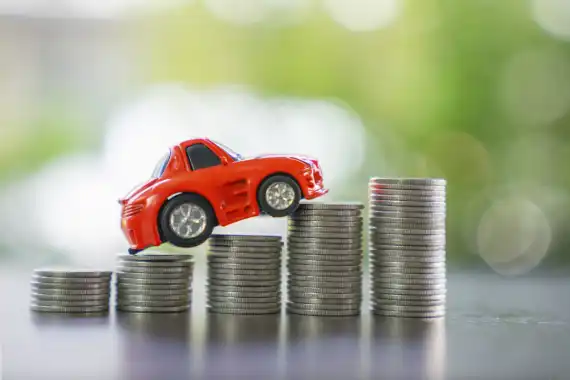
Car insurance premiums are on the verge of a significant surge, with an anticipated 14% increase projected for the year 2023, and insurance prices not expected to stabilize until the year 2025. The driving force behind this concerning trend can be summed up in one word - inflation. As inflation continues to rear its head across various sectors, the cost of repairing vehicles has escalated, playing a pivotal role in the mounting premiums.
Underpinning the skyrocketing repair costs is the astronomical rise in energy prices. Extracting and processing materials to create replacement car parts demands substantial energy consumption, while running garages and repair shops also incurs hefty energy expenditures. Consequently, garages and repair facilities have found themselves compelled to up their service charges and raise prices on the components they sell to keep up with the economic shifts.
The trajectory of car insurance prices is expected to continue its upward trajectory until 2025, and insurance providers attribute this phenomenon to the necessity of "catching up with inflation." Car insurance policies typically come with agreed and fixed prices for a year in advance. Therefore, many of the policies set to expire soon did not account for the unprecedented inflation levels experienced throughout 2022 and well into 2023. Insurance companies have encountered substantial payouts for accidents in the past year, exceeding their initial expectations, prompting them to justify the 14% price increase to recoup their losses.

While the Bank of England predicts that inflation will eventually fall to 5% by the end of the current year, it does not foresee reaching its target inflation rate of 2% until the end of 2024. As a result, the continuous rise in insurance prices and the costs of various goods and services are expected to persist until at least 2025.
The impact of these more expensive car insurance premiums raises concerns, particularly for the insurance regulator, the Financial Conduct Authority (FCA). The FCA is already witnessing the repercussions of the cost of living crisis, witnessing a significant proportion of society experiencing financial strain. Worries arise about the actions drivers may take if car insurance becomes unaffordable. As driving is often a necessity to commute to work or fulfill daily responsibilities, some individuals may resort to drastic measures, such as not insuring their vehicles or opting for cheaper, but less comprehensive coverage. To address these concerns, the FCA has been actively investigating motor insurance pricing over the past few years and has been implementing new rules surrounding the pricing of policy renewals.
Apart from inflation, various factors contribute to the pricing of car insurance premiums. Insurers consider multiple pieces of information to determine the level of risk associated with an individual and their car. Key elements include profession or occupation, address, annual mileage, voluntary excess amount, make and model of the vehicle, any modifications made to the car, parking location, age, medical conditions impacting driving abilities, driving and accident history, the presence of any no-claims bonus or discounts, whether named drivers are added to the policy, and the type of cover selected.

According to data from the Association of British Insurers (ABI), the average cost to insure a vehicle during the first three months of 2023 amounted to £478. However, this figure can vary significantly based on different factors. For instance, new drivers may face an average yearly insurance cost of £1,400.
To obtain a competitive quote, many individuals turn to car insurance comparison websites, such as GoCompare. These platforms streamline the process by aggregating quotes from various insurers, sparing users from having to answer repetitive questions on multiple insurer websites.
Additionally, insurers categorise vehicles into different insurance groups (ranging from 1 to 50) based on their level of risk. Vehicles in lower groups are considered less risky and, therefore, are generally cheaper to insure compared to those in higher groups. Other letters following the insurance group number offer additional security ratings for the vehicle, which can also impact the assigned group number.
In light of these developments, staying informed about car insurance prices and understanding the factors influencing premiums remains crucial for drivers across the UK. To stay up to date on motoring news, sign up to Regit's newsletter.




